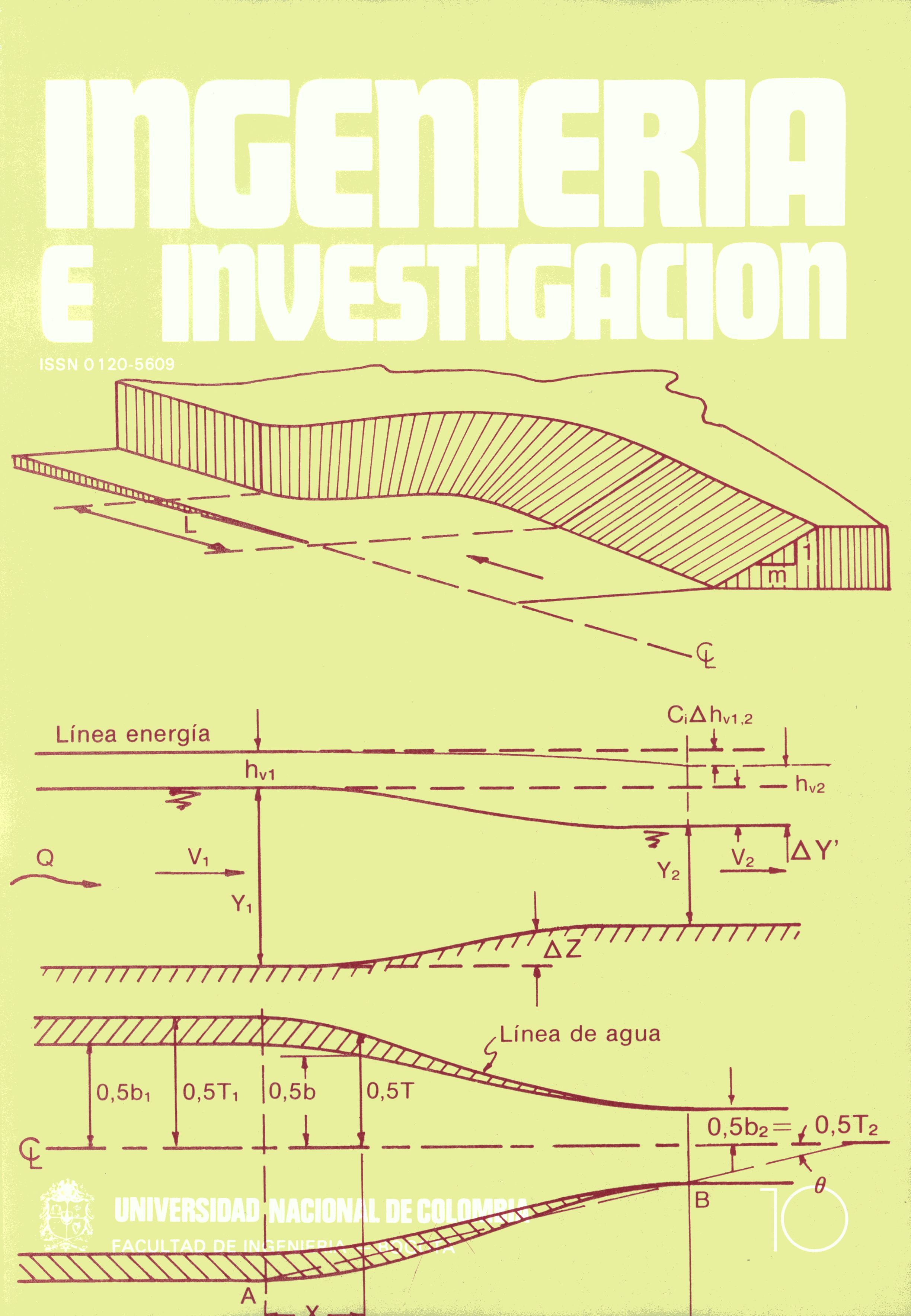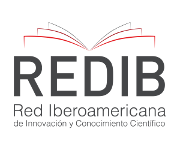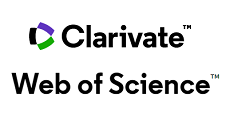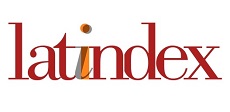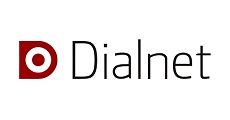Un método para asignar estudiantes a asignaturas-grupo
DOI:
https://doi.org/10.15446/ing.investig.n10.19494Keywords:
Programación lineal, Programación entera, Modelo de holgura minimax, Programación, Asignación de horarios (es)Linear programming, Integer programming, Minimax model, Programming, Schedule assignment (en)
Downloads
La finalidad de este artículo es presentar una versión mejorada, desarrollada por el autor del método Simplex Stopped propuesto por G. L. Thompson.
El artículo se inicia con un marco general del proceso de registro y sus alternativas. A continuación se presenta el modelo factible para entrar al de holgura minimax y su método de cómputo, algoritmo y heurística incorporada.
Finalmente se presentan los resultados computacionales, los cuales permiten obtener las conclusiones al respecto.
References
Bazaraa, Mokhtar S. y John J. Jarvis. Linear Programming and Network Flows. John Wiley & Sons Inc., 1977.
Dantzig, George B. Linear Programming and Extensions. Princeton. New Jersey, 1974.
Nemhauser, George L. y Robert S. Garfinkel. Integer Programming. John Wiley & Sons Inc., 1972.
Thompson, G. L. A Method for Scheduling Students to Classes, Recent Advances in Optimization Techniques. Lavi, Abraham y Thomas P. Vogl. New York. John Wiley & Sons Inc., 1966. págs. 281-296.
Thompson, G. L., The Stopped Simplex Method: Basic Theory for Mixed Integer Programming: Integer Programming. Revue Française d‘informatique et de Recherche Opérationnelle, 1964. Vol. 8, págs. 159-182.
How to Cite
APA
ACM
ACS
ABNT
Chicago
Harvard
IEEE
MLA
Turabian
Vancouver
Download Citation
License
Copyright (c) 1984 Luis Gerardo Astaiza A.

This work is licensed under a Creative Commons Attribution 4.0 International License.
The authors or holders of the copyright for each article hereby confer exclusive, limited and free authorization on the Universidad Nacional de Colombia's journal Ingeniería e Investigación concerning the aforementioned article which, once it has been evaluated and approved, will be submitted for publication, in line with the following items:
1. The version which has been corrected according to the evaluators' suggestions will be remitted and it will be made clear whether the aforementioned article is an unedited document regarding which the rights to be authorized are held and total responsibility will be assumed by the authors for the content of the work being submitted to Ingeniería e Investigación, the Universidad Nacional de Colombia and third-parties;
2. The authorization conferred on the journal will come into force from the date on which it is included in the respective volume and issue of Ingeniería e Investigación in the Open Journal Systems and on the journal's main page (https://revistas.unal.edu.co/index.php/ingeinv), as well as in different databases and indices in which the publication is indexed;
3. The authors authorize the Universidad Nacional de Colombia's journal Ingeniería e Investigación to publish the document in whatever required format (printed, digital, electronic or whatsoever known or yet to be discovered form) and authorize Ingeniería e Investigación to include the work in any indices and/or search engines deemed necessary for promoting its diffusion;
4. The authors accept that such authorization is given free of charge and they, therefore, waive any right to receive remuneration from the publication, distribution, public communication and any use whatsoever referred to in the terms of this authorization.



